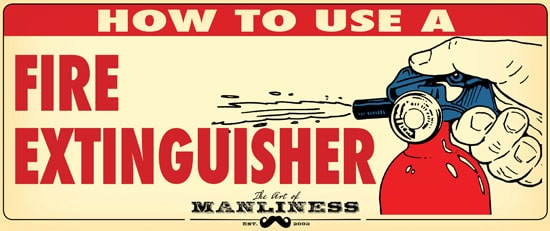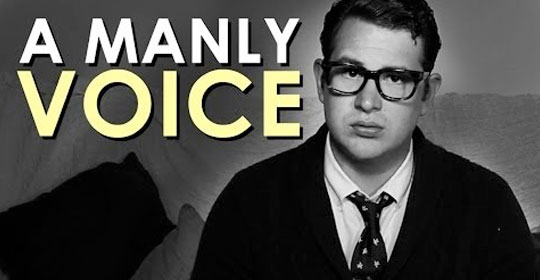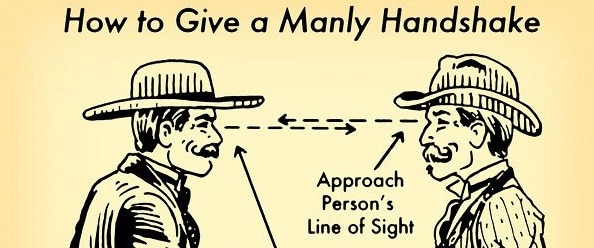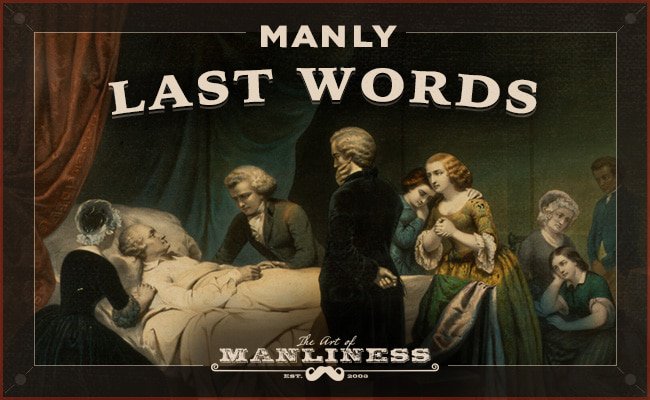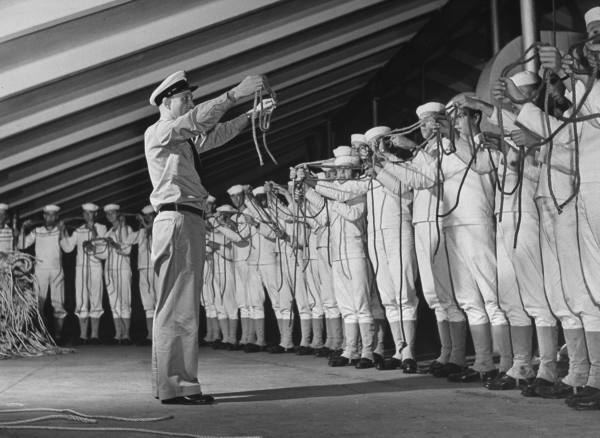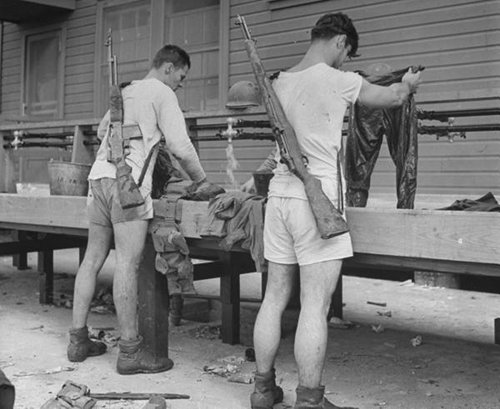Fire extinguishers. You pass them all the time as you walk the hallways at work or school, and hopefully at home too.
But no matter how many times you’ve seen them in your day-to-day life, you’ve probably given little thought as to how you actually use one. Maybe it never crossed your mind, or maybe you assume it’s so simple it’s not something you need to learn.
Well, it’s true that using a fire extinguisher isn’t rocket science by any stretch, but there are a few basics you need to be aware of – and probably aren’t. According to FEMA, the majority of Americans don’t know how to use an extinguisher, even if they have one in their home. This is a dangerous knowledge gap. Fires double in size every 60 seconds, so you don’t want to be fumbling around in an emergency situation, reading over the instruction manual as a small flame on the stove grows into an inferno.
Today we’ll talk about some guidelines for choosing an extinguisher and storing it in your house, and then discuss how to use it.
The Right Fire Extinguisher for the Right Fire
Fire extinguishers come in a wide variety of types — each one designed to put out a different kind of fire. Classification systems have been developed to help users know what sort of extinguisher they’re working with. Because the majority of our readers are based stateside, I’ll be focusing on the system used to classify extinguishers in the US.
Most fire extinguishers for homes and public spaces are classified as Class ABC extinguishers, meaning they’re suitable for putting out wood and paper fires, flammable liquid fires, and electrical fires. ABC extinguishers use the dry chemical monoammonium phosphate as the extinguishing agent. You can buy an ABC extinguisher for about $30 -$60 on Amazon or at your nearest hardware store. Get the biggest one you can comfortably handle to maximize its discharge pressure, time, and range.
If you’ve worked in a commercial kitchen, you’ve probably seen Class K extinguishers. The extinguishing agent in the Class K variety is a wet potassium acetate. (Interesting fact: Before the introduction of potassium acetate, sodium bicarbonate powder was the extinguishing agent of choice for grease and oil fires – that’s why baking soda can work in a pinch).
Class K extinguishers are used in commercial kitchens because they’re more powerful for dealing with grease fires and the chemicals are less likely to damage the cooking appliance when used. But for small grease fires in a home kitchen, an ABC extinguisher will likely get the job done. An ABC is still going to damage your stove though, so if it’s a very small fire, try to smother it with a pot lid or wool blanket first, before you resort to the extinguisher.
Where to Put a Fire Extinguisher in Your House
Your office or school very likely already has fire extinguishers in place. But it’s up to you to get ones for your own home. Some states require that you do so by law, but even if yours doesn’t, they’re an essential safety item – your second line of fire defense after smoke detectors. A fire extinguisher can keep a small incident from turning into a dangerous emergency.
You should, at minimum, have one ABC extinguisher per level of your house. It’s best to have one near each of the rooms where fires are most likely to break out – the garage and especially the kitchen.
Store extinguishers where your kids can’t get to them, but they’re still easy to access – you don’t want to be looking around and digging through a closet when every second is crucial. Don’t place them near stoves and heating appliances, or behind curtains and drapes – places where fires may start and quickly spread; if you can’t reach the extinguisher because the thing that’s on fire is right by it, you’re in trouble. The best location for your fire extinguisher is mounted near a door – your escape routes.
Once you’ve gotten an extinguisher or two to protect your castle, try to check it periodically to see if its pressure is still in the green zone, the seals haven’t been broken, the hoses are intact, and it hasn’t been damaged by things like dents, leaks, or rust.
How to Use a Fire Extinguisher
Alight. So you’re familiar with the different kinds of fire extinguishers and where to put them in your house. It’s time to get down to how to actually use these suckers. If you chance to encounter a fire, mentally go through this checklist of questions before attempting to put it out with an extinguisher:
Are you taller than the fire? Fire extinguishers are designed to put out fires in the incipient stage. That’s fireman talk for when the fire is just getting started. When it gets past the beginning stage, a fire becomes too large to fight with a portable extinguisher.
How do you know if the fire is still in the incipient stage?
Just give the flame the once over to see if it’s taller than you.
It is? Hightail it out of there and call 911. Your fire extinguisher will likely be no match for the flames.
You’re still taller than the fire? Proceed to the next question.
Do you have the right fire extinguisher for the type of fire? Remember, extinguishers are designed for certain fire types. If you’re facing a grease fire, a simple A extinguisher (which contains only pressurized water) won’t put it out.
Is the fire extinguisher pressurized? Check the gauge on the extinguisher to see if it’s fully charged and pressurized. If the needle is in the green, you’re good. If not, you won’t have enough pressure to put the fire out. Forget it and get out of there.
Get in Position
If you can answer “yes” to all three of those questions, you’re ready to put out the fire with the extinguisher.
If possible, position yourself with your back to an unobstructed exit so that you can get out quickly if you need to. The discharge range for extinguishers can run from 6-20 feet (know your extinguisher’s range beforehand), and you want to be far enough away to not be in danger of being burned, and close enough that the discharge will be effective.
PASS!
To employ the extinguisher with proper technique, just remember the acronym “PASS.”
- Pull the pin.
- Aim the nozzle at the base of the fire. Hitting the tops of the flame with the extinguisher won’t be effective. You got to smother the sucker at its base.
- Squeeze the trigger. In a controlled manner, squeeze the trigger to release the agent.
- Sweep from side to side. Sweep the nozzle from side to side until the fire is put out. Keep aiming at the base while you do so. Most extinguishers will give you about 10-20 seconds of discharge time.
Slowly back away. Even if the fire appears to be extinguished, don’t turn your back on it. There might be unseen hot spots or hidden fires that can ignite into a large flame at any moment. You want to be on guard for that.
Once you’ve used a fire extinguisher, even if you didn’t deplete all the pressure, you must get it recharged. Do so as soon as possible. If it’s a disposable extinguisher, throw it away and replace.
If you can get some hands-on training with a fire extinguisher (some emergency services/community organizations offer classes), it’s highly recommended that you do so. But now you know the basics. Next time you see a fire extinguisher in the hallway, you can give it a nod of confidence as you PASS it by.
Have you ever had to use a fire extinguisher? Share your fire extinguisher stories and tips with us in the comments!
Illustrations by Ted Slampyak


